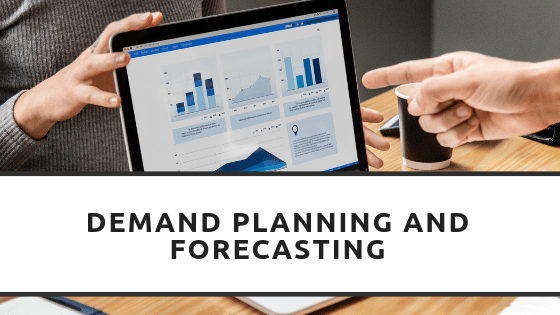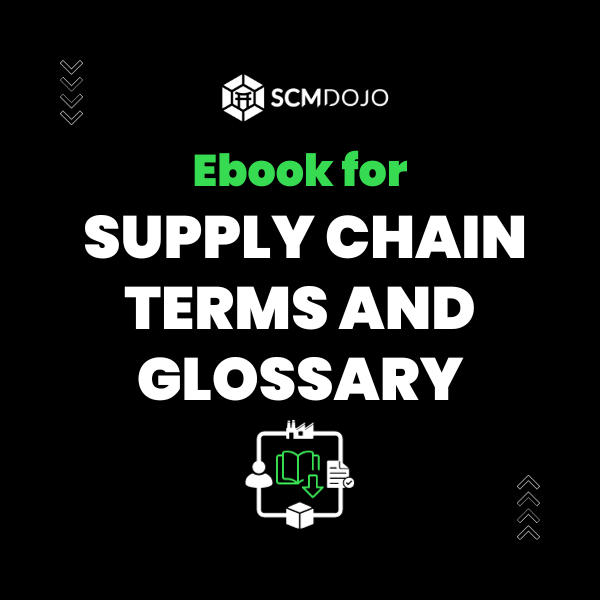Demand planning and forecasting is about people, processes and technology. A similar concept as 4 Key Pillars of Supply Chain Strategy. The four broader aspects of demand planning and forecasting today are
- Finding the right model,
- Appropriate use of technology,
- Understanding the performance of the forecast and
- Managing demand planning and forecasting processes.
1) Finding the Right Model
The first pressing question is how does one choose a forecasting method? Most often firms often choose a single forecasting technique as one fit all solutions for all products. They are in look for
The forecasting technique that will predict the future without much error
The most commonly used method is the time series method. When time series method is not able to predict a landscape, which is dynamic, today we move to the judgmental method. The most dynamically used judgmental model is “sales force composite”. This is closer to the concept of predictive analytics based on last mile demand assessment. The use of the causal method is very limited to few organizations.
Get The Ultimate Guide to Demand Forecasting
In a world where demand becomes dynamic using a single method of forecasting can be dangerous. The uncertainty emerging due to industry completion and its impact on organizations to become more agile and improve the service levels has made the task of forecasting even more difficult.
There is a need to understand segmentation based forecasting as multiple supply chain resides in the same business. The practitioner needs to realize that a single forecasting method may not work in such a fast-changing landscape.
I have been oft repeating this in my speaking assignments at various forums. Sunil’s Chopra strategic fit analysis and framework is needed to solve much of the problems that confront demand-planning analyst today. Here data science can provide a good clue to demand planner about multiple supply chains and their characteristics.
Using data science demand planners can understand the segment, which shows static demand and hence can comfortably use peak to average time series techniques like Holt and Winter Model. Use of big data and causal methods may help identify many macro and micro factors important in explaining the causal effect. Using the coefficient of determination and variable coefficient one can easily predict a lot of implied uncertainty and decide on supply chain strategy. Yes, where predictability is not possible firms need to build their information channel and their response capabilities to react in the shortest possible time. Most firms have failed to incorporate this into their supply chain
2) Appropriate Use of Technology
The second issue that is important is the newer development in technology. There is much development on technology fronts like the emergence of data sciences and predictive analytics that are playing an important role in shaping the practice of forecasting today.Big data analytics, Internet of the thing, Block Chain and machine learning are further helping to improve the demand planning and . Firms need to use analytics keeping the requirement of the firm and also using it to enhance the ability to predict more accurately and thus plan demand better.
3) Understanding the Performance of The Forecast
The third issue that is important is to measure the forecast performance. The performance of the forecast is important mainly because the buying of the forecasting process in an organization becomes easier and so does supply chain integration. The goal of any forecasting system should be to be as accurate as possible.
One measure of accuracy is to minimize error, which includes two components vis-a-vis bias and magnitude. Demand planner should use at least one measure for bias and another for magnitude on an ongoing basis to assess accuracy.
Bias is defined as a systematic difference between forecast and actual result over a period of time. The bias could be measured with the help of a mean error, cumulative forecast error or mean percent error. A large and consistent negative or positive error signifies a forecast that is consistently high or low. Once the bias has been identified, management can take active steps to correct the forecast by adding and subtracting the amount of bias from the predicted forecast.
The magnitude indicates the variance between the actual result and the forecast. This can be measured through Mean absolute deviation and mean absolute percentage error. When a magnitude reflects high forecast inaccuracies, it cannot be corrected as easily as the problem arising from bias inaccuracies. The problem may be with the forecasting systems and processes. In this case the forecasting system needs to revise and streamline
4) Managing the Demand Planning and Forecasting Processes
This takes us to the forth pillar of a good forecasting organization. Firms, in order to make forecasting as a lifeline of their organization, need to build in dynamic alignment. There is a need to align the organization to their operating environment. Forecasting requires a larger buying from the organization and hence the chief executive should lead it.
The sales and planning exercise has a meaning if it starts by mobilizing change and this is possible only through executive leadership. The supply chain strategy should be translated into operational terms.
All the functional area should be aligned to this strategy. As we know these areas have their own forecast. The big question is how do we arrive at a single forecast. The process is to iron out various issues facing marketing, supply chain and finance function and arrive at a single forecast which aligns sourcing, production distribution, marketing and sales.
The organization should motivate to make demand planning and forecasting strategy contribution as every one job. There is a need to make sales and operations strategy a continual process. The maturity with which new technology is used in a cross-functional manner will also enhance the planning processes in the organization.
These are the broader pillars of a good forecasting organization. These pillars will make forecasting the biggest aligning tool and supply chain of such organization will help create a competitive advantage for the firms.
About Author:
Rakesh Paras Singh, PhD
Dean ISCM demand Planning Academy, India.
Rakesh Singh is Supply chain speaker at Global Forums and Demand Planning thought leader Based out of Mumbai. I have taught at some of the best Business Schools in India, Dubai, and Singapore. Rakesh is visiting Faculty at AUEB, Greece and IIM Kolkatta. He Teach, Speak, consult and do leadership training in the area of Geopolitics and Business,
Demand planning and Forecasting, and Supply chain strategy.
Let us know what you think you this article and if you are looking for books to enhance demand planning and forecasting, you can refer to blog “Top 7 Best Sales and Operations Planning Books to Keep Within Reach”
Being Supply Chain Influencer Amazon has allowed me to list down best and most purchased books in SCMDOJO dedicated store! This will make all the followers easy to find the best books in one place!
https://www.amazon.com/shop/dr.muddassirahmed
About the Author- Dr Muddassir Ahmed
Dr MuddassirAhmed is the Founder & CEO of SCMDOJO. He is a global speaker, vlogger and supply chain industry expert with 17 years of experience in the Manufacturing Industry in the UK, Europe, the Middle East and South East Asia in various Supply Chain leadership roles. Dr. Muddassir has received a PhD in Management Science from Lancaster University Management School. Muddassir is a Six Sigma black belt and founded the leading supply chain platform SCMDOJO to enable supply chain professionals and teams to thrive by providing best-in-class knowledge content, tools and access to experts.
You can follow him on LinkedIn, Facebook, Twitter or Instagram






